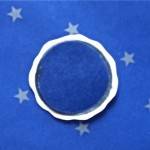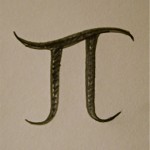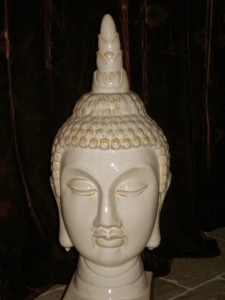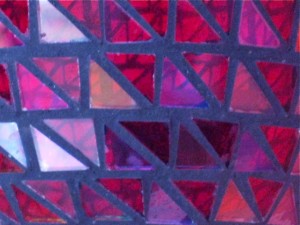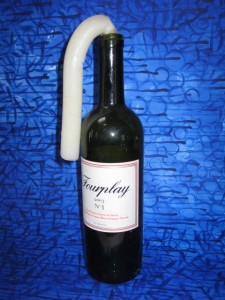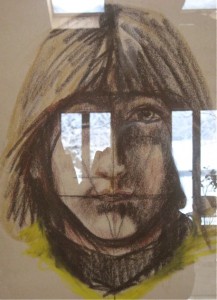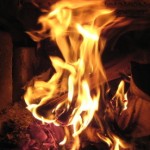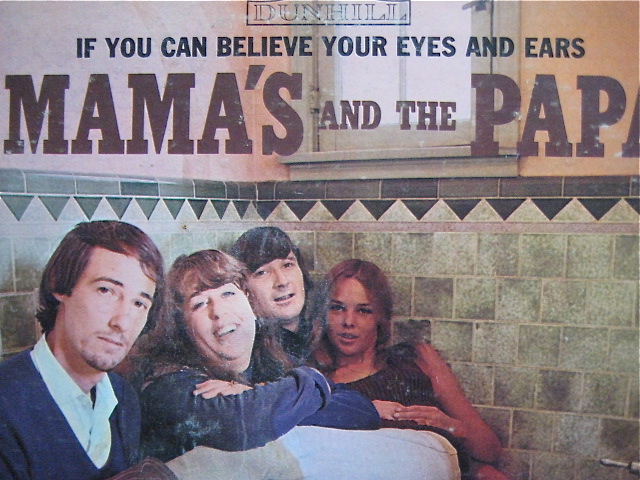
When we dream, our physically dense bodies lie dormant while our awareness takes flight in lighter energetic configurations, what the Shamans call our energy bodies. We learn, in dreaming, that movement is governed by intent. For instance, when we state the intents, “I fly now,” “clarity now,” “wake up now,” in our dreams, these intents immediately occur. They occur because we have called these intents. Commanding intent in dreaming controls the direction a dream will take.
In dreaming, we experience our awareness in an energy state of a higher vibration that is freed to move on the wings of intent. In contrast, the physical body and the physical world are energy states of much greater density, a lower vibrational world of solid objects. Our awareness, in the solid world, is weighed down by the denseness of objects and our physicality, and these are indeed spellbinding in their solidness. In the experience of this denseness, we forget that we are also energetic beings capable of creating our reality through intent.
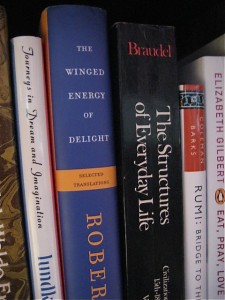
Solid reality holds in check the imagination, a higher vibrational energy state that accesses intent. Solid reality prefers rationality and Newtonian physics to clearly define itself and its possibilities. Under its hegemony possibilities beyond the rational are deemed a waste of time, fanciful imaginings, or simply irrational meanderings of no value in a solid world.
However, the truth is that our solid world of objects is also a world of energy, however tightly compacted that energy may be in solid form. And in the world of energy, intent, not rationality, rules. In the world of energy, change happens through intent.
If you want to change your life, focus your intent very specifically on the changes you seek. The greatest obstacle to calling intent is not believing in its possibility; hence, arguing with oneself and others about the validity of doing it leads to interference with exercising intent. If it doesn’t seem rational we simply refuse to do it, or do it so halfheartedly that intent is given conflicting signals.
The Shamans suggest that we not engage in belief, but that we suspend judgment and act by stating our intent anyway. See what happens. That’s what I call a legitimate scientific experiment.
The second obstacle to calling intent is the expectation that it manifest immediately, as we intend it. My experience, in this dense world, is that intent may take a wiley, unexpected course as it works its way with the dense energy of this dimension. However, ultimately, the intent does manifest in this world of solid objects.

We can access intent more directly through the practices handed down by all spiritual traditions. Spirit traditions are practiced in the realm of the spirit—the higher vibrational energy states we visit in dreaming. When we pray—prayers from any tradition—we access intent. When we repeat ancient mantras, or newly created ones, we call intent. When we practice Magical Passes or martial art forms we access intent. As Jan points out, in her blog on Wednesday, The Miracle of Metaphysical Healing by Evelyn Monahan is filled with vehicles of intent and a process for achieving them.
State your intent, clearly, out loud. Repeat it, often. Don’t attach to the outcome. Suspend judgment. Just keep stating your intent, clearly and calmly, without attachment. See what happens.
Chuck

